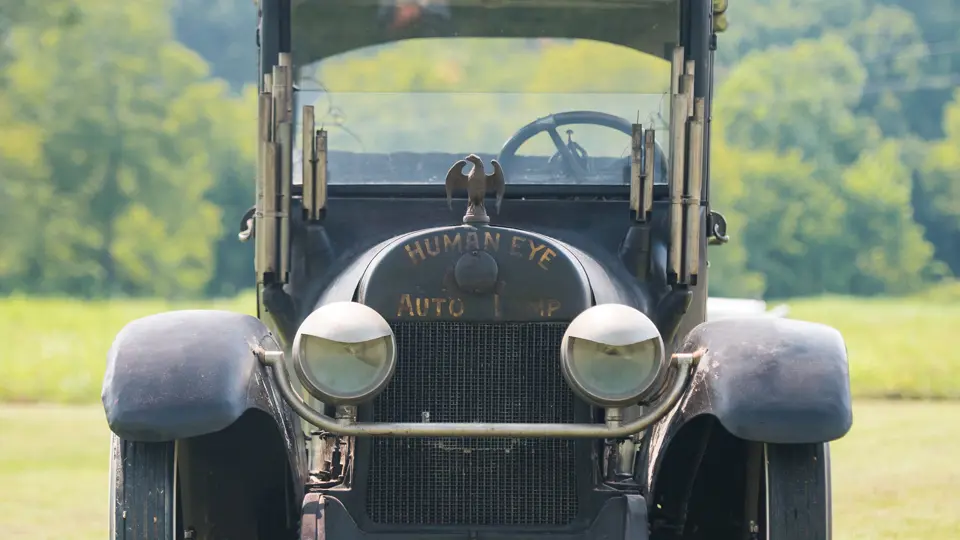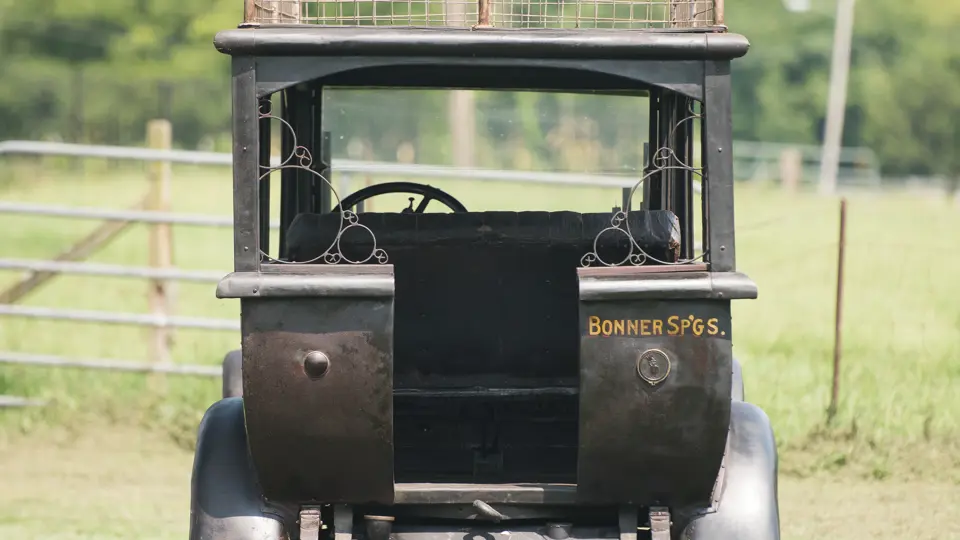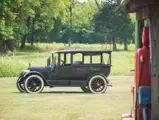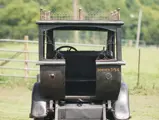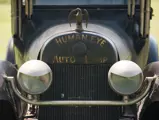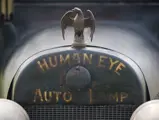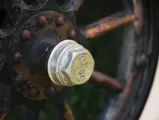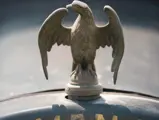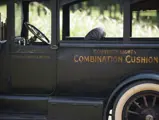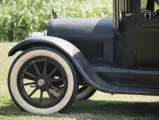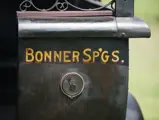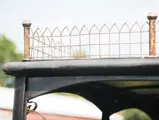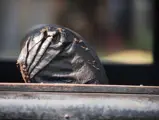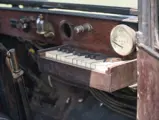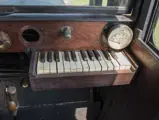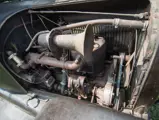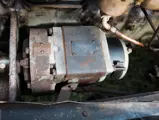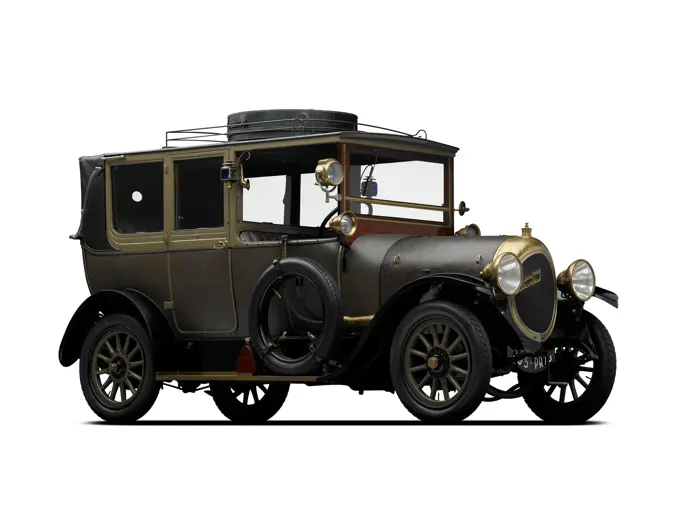
1914 Case Demonstrator Delivery Truck
{{lr.item.text}}
$47,000 USD | Sold
The Harold Coker Collection
{{bidding.lot.reserveStatusFormatted}}
- Offered from the Harold Coker Collection
- Test bed and demonstrator for automotive inventions
- Exhaust calliope attracts crowd
- Perfectly preserved with original patina finish
35 hp, 312.1 cu. in. T-head four-cylinder engine, three-speed manual transmission, solid front axle and live rear axle with semi-elliptical leaf springs, and two-wheel mechanical drum brakes. Wheelbase: 120 in.
Although the Case automobile had a 27-year lifetime, the make is scarcely remembered today. This is in spite of the fact that most people of a certain age fondly remember Case tractors. Founded in Racine, Wisconsin, in 1843 as the J.I. Case Threshing Machine Company, the firm began building steam engines in 1869 and sold its first gasoline-powered tractor in 1904.
It wasn’t until 1911, however, that Case entered the automobile business, 20 years after the death of founder Jerome Increase Case. It did so by taking over the neighboring Pierce Motor Company, maker of the Pierce-Racine car. Adding additional models, Case continued to sell conservative, well-built, medium-priced four-cylinder cars through the ’teens.
The reason that inventor John M. Dorton chose a Case as his demonstrator vehicle has been lost to history. The vehicle he left behind, however, tells his story. Dorton was an upholstery salesman from Bonner Springs, Kansas. He invented the Human Eye Auto Lamp, a headlight that steered with the car, much in the way that Pilot Ray driving lights operate. There was also a manual control so that lights could be pointed in any way the driver wished. He outfitted the Case with a set of the lights, and he also installed a seat of his own design. The Combination Cushion seat, which moved to soften road shocks, also had an electric heating element, something that has only recently become popular on higher-priced cars. To better market his wares, he installed Courtesy Lights, valence lighting along the sides, illuminating the running boards and coincidentally the signs on the side of the car. On the roof, he fashioned a luggage rack. Finally, to make sure he never entered a town without being noticed, he installed a calliope. Rather than steam or compressed air, it operated with exhaust gases, which resonated through organ pipes mounted to the cowl, one array on each side. On the right side of the dashboard, he installed a keyboard so that he could play any melody for the occasion.
Laid up for 32 years and showing fewer than 26,000 miles, it was discovered in 1962 by father and son Jasper and Glenn Wiglesworth, of Kansas City. They exhumed it, got it running, and planned to restore it, but, fortunately, they never did. As a result, it is incredibly well preserved and in original condition. It made several trips to Hershey in the 1990s and early 2000s, and it was there that Harold Coker bought it in 2002.
What a story the original paint, original tarnished nickel trim, and worn leatherette seats tell. It is incredibly rare to find such a piece of history today, authentic through and through to the way John Dorton modified and used it.
The tires are 36x5 Gehrig whitewalls. Unrestored but running, this unique demonstrator is accompanied by a dossier documenting its history and copies of John Dorton’s patents. Its next owner, and the vehicle, will always be the center of attention.




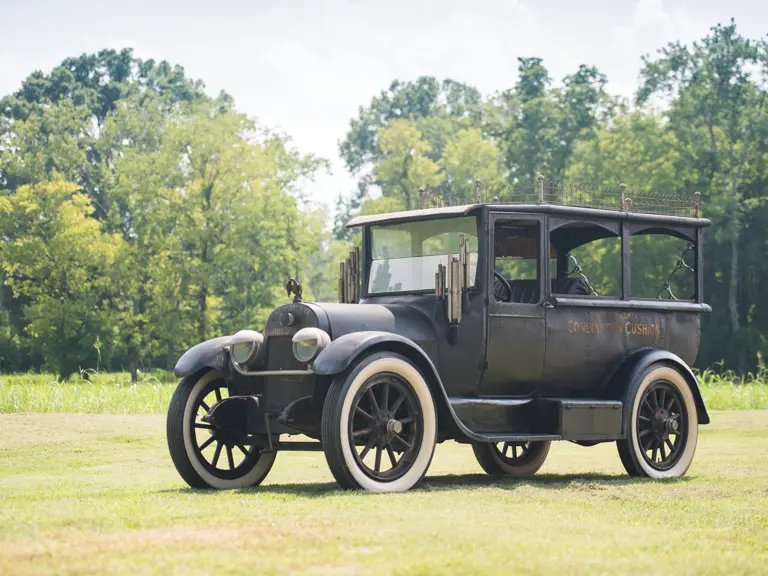

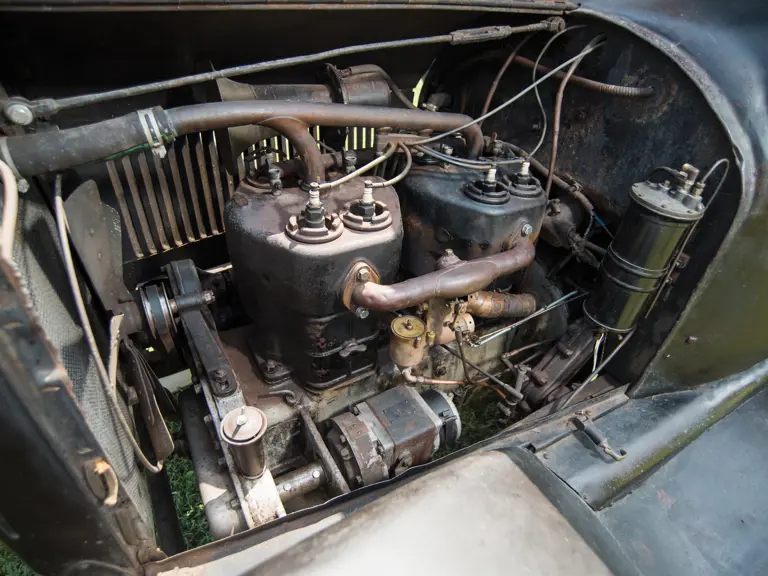
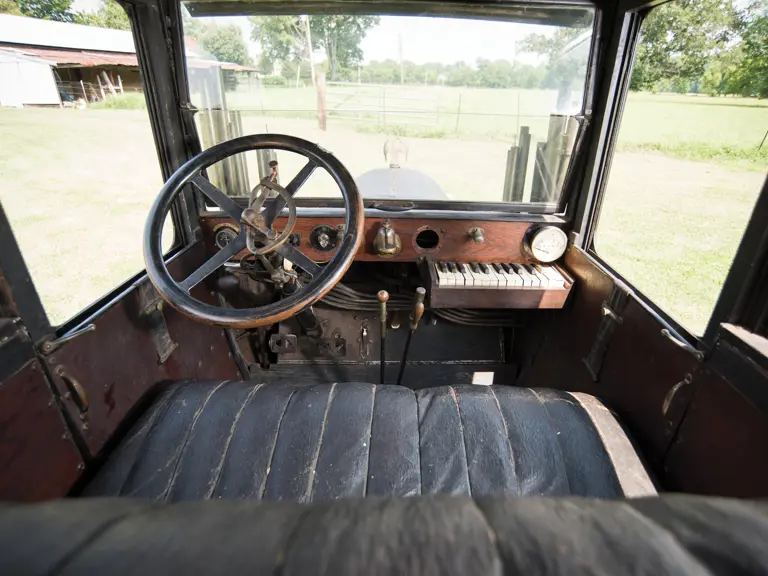
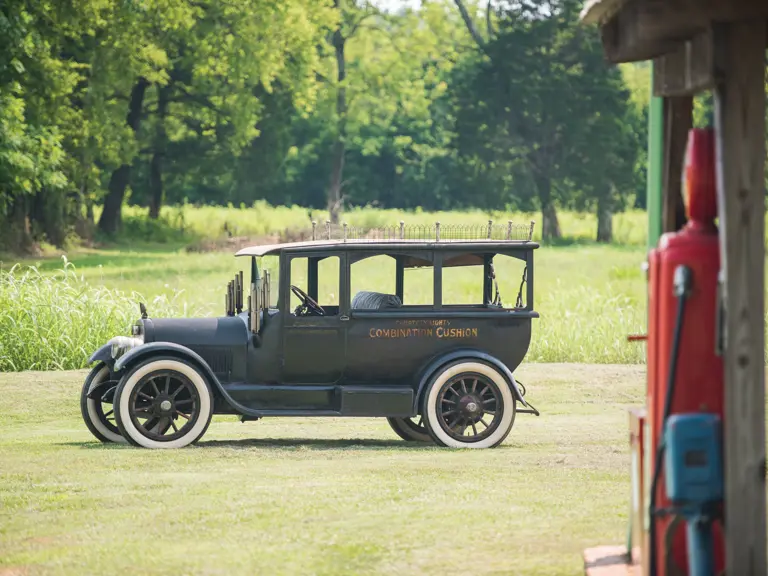
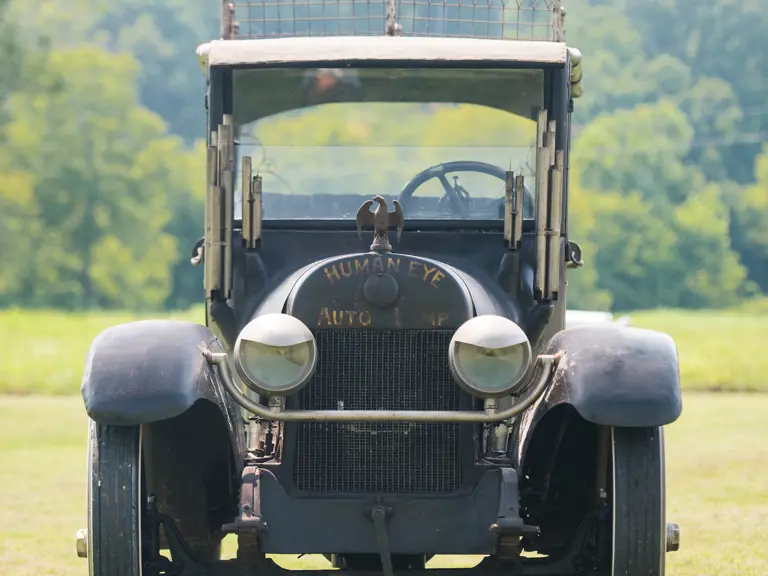
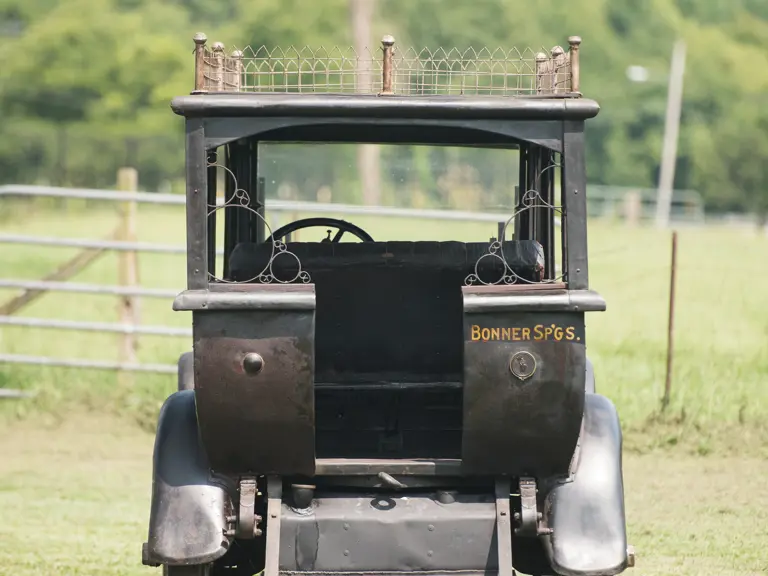
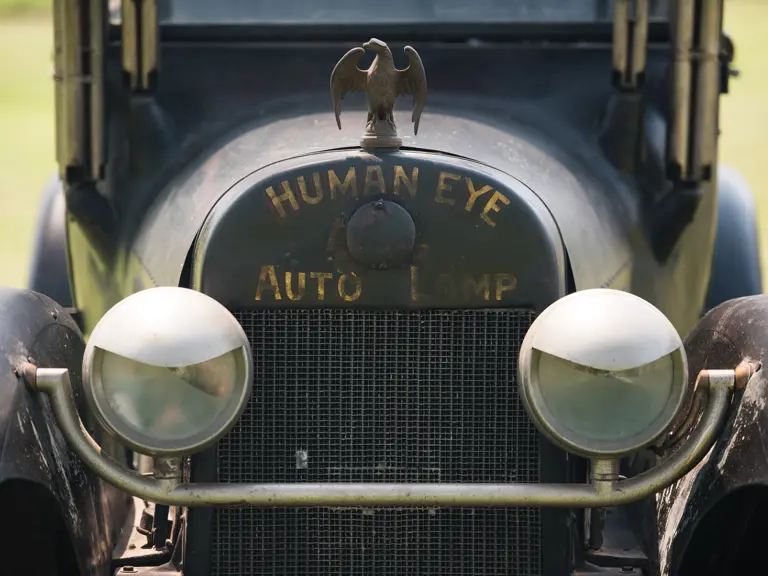
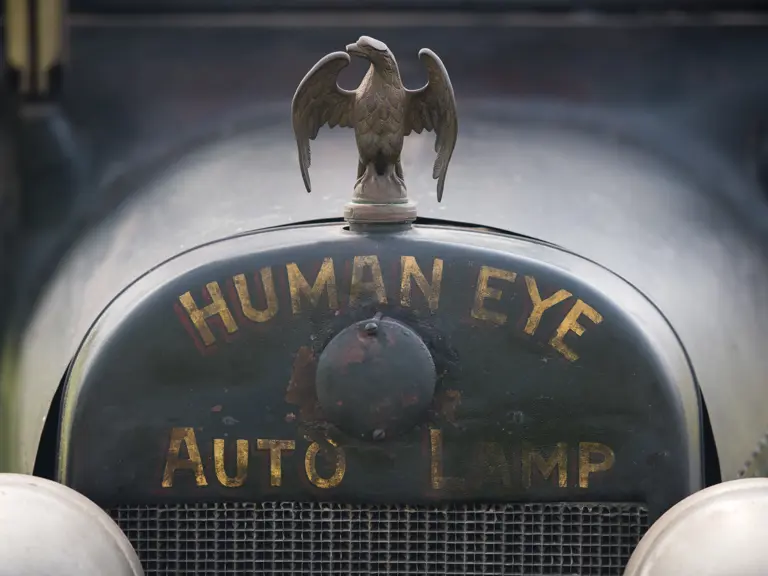
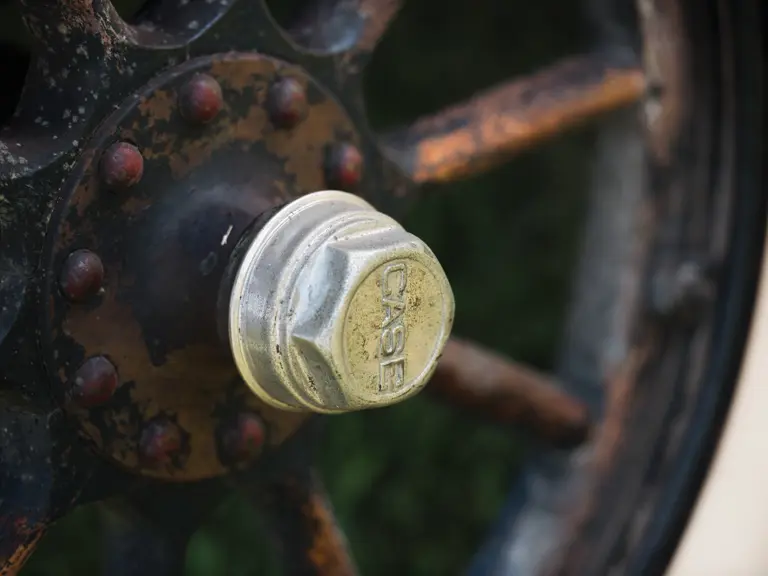
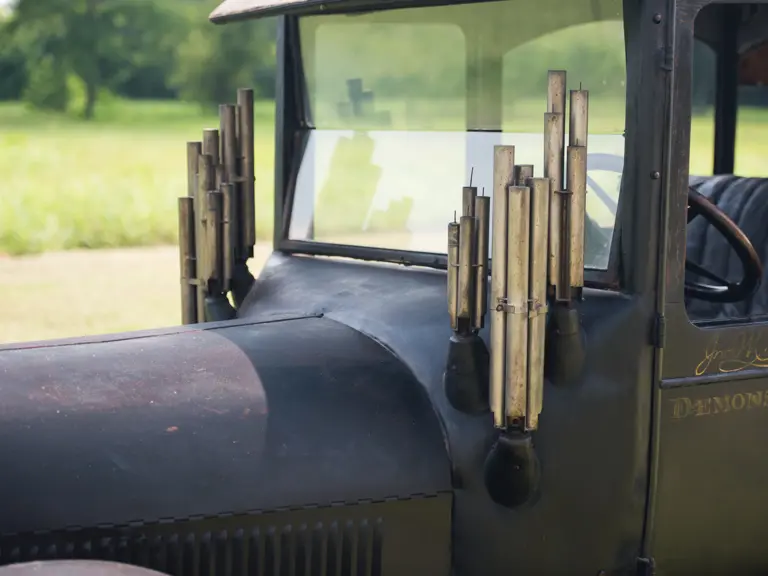

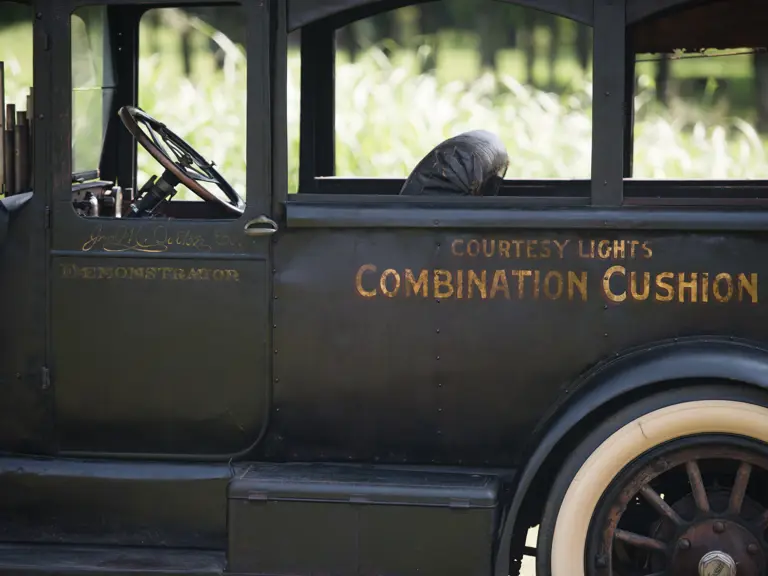
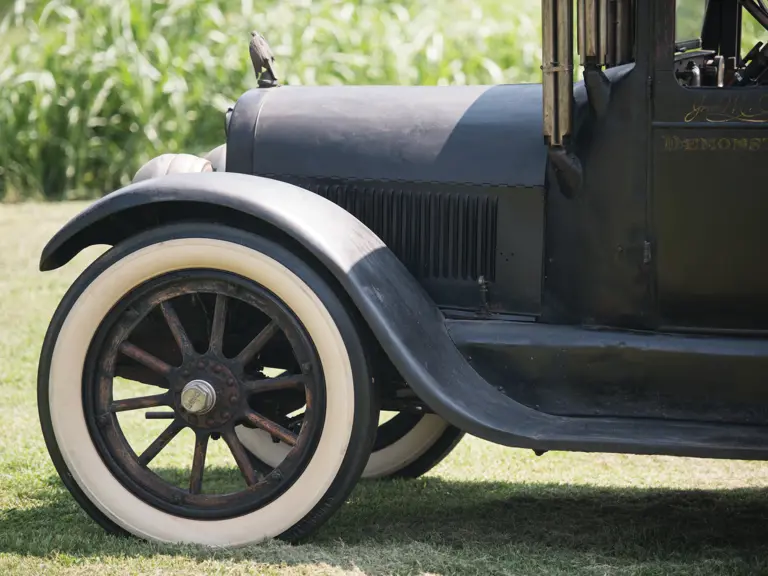
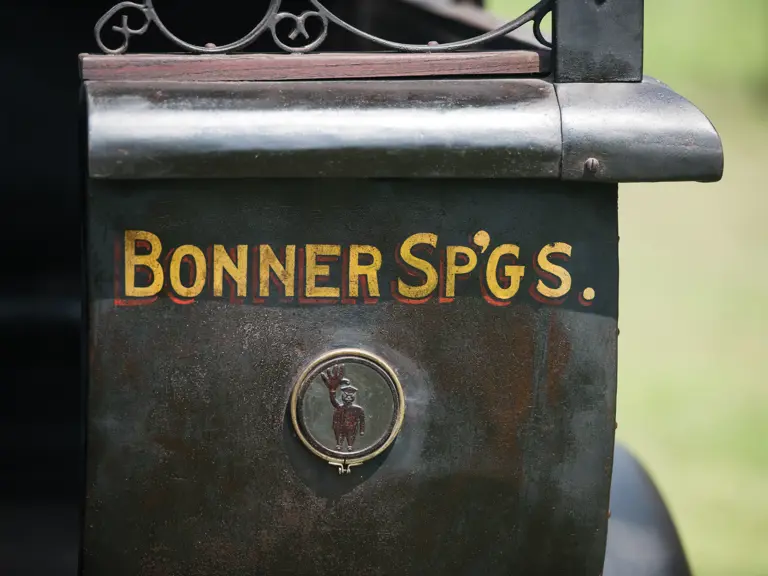
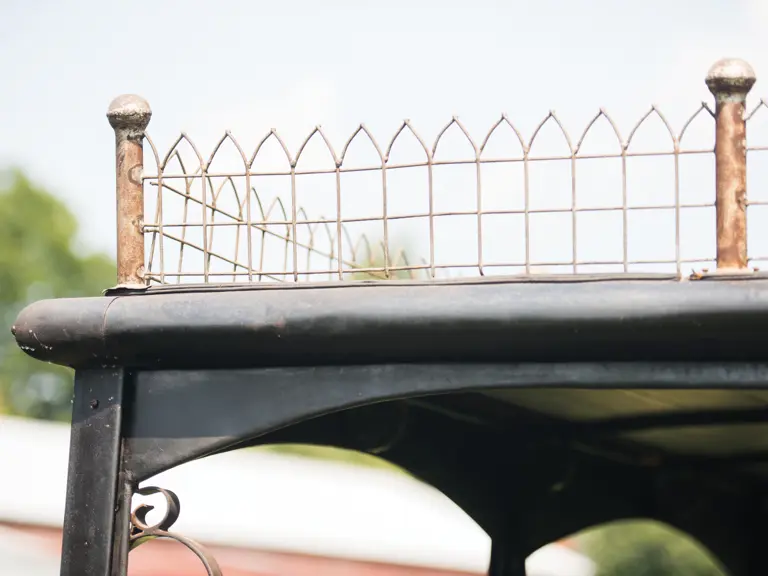
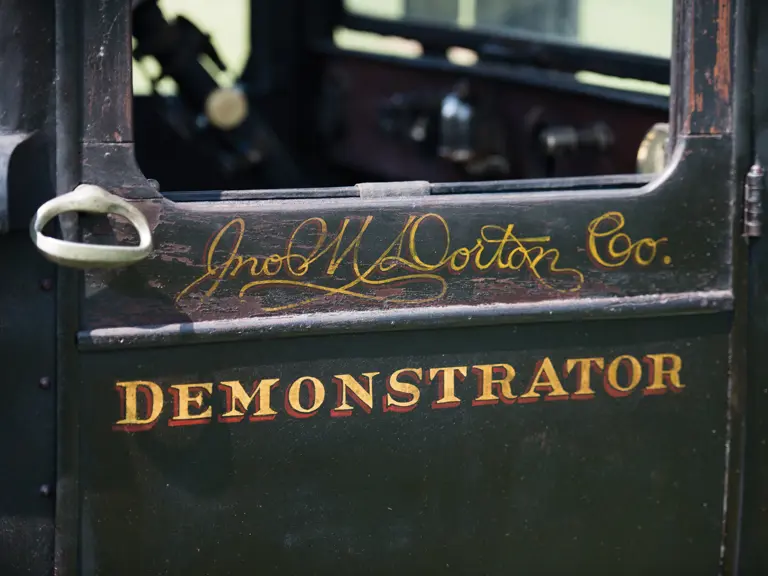
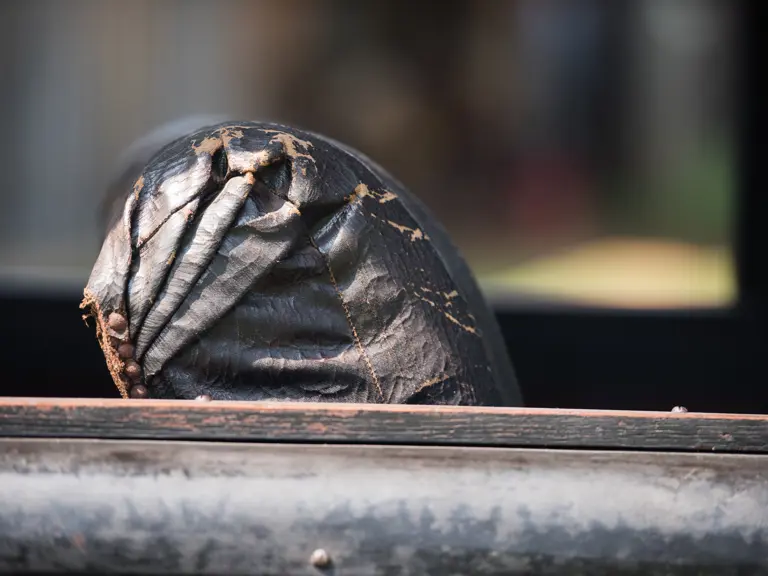
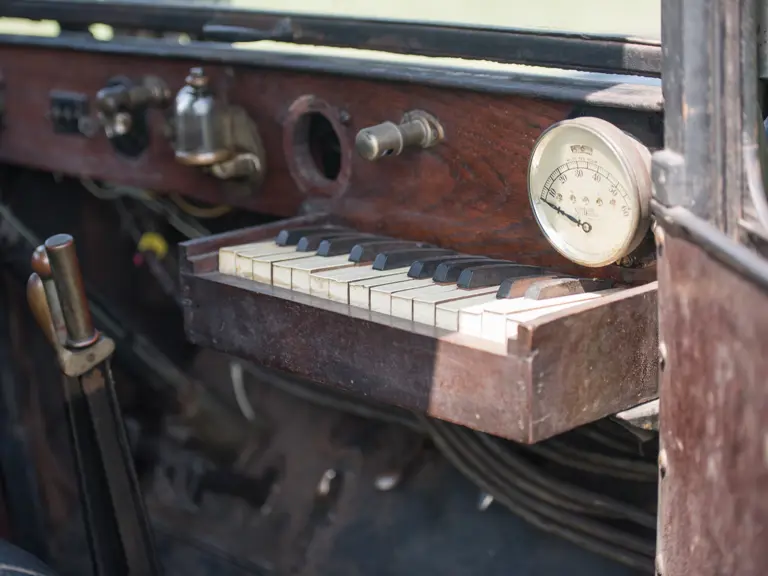
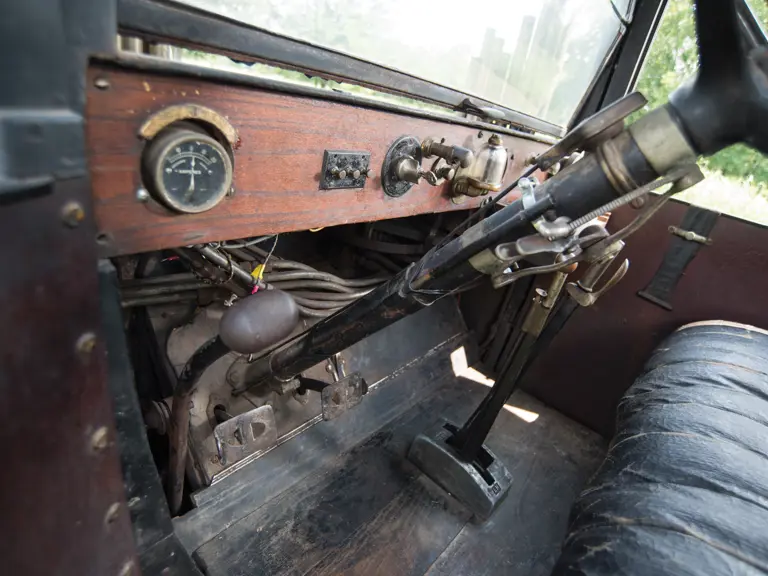
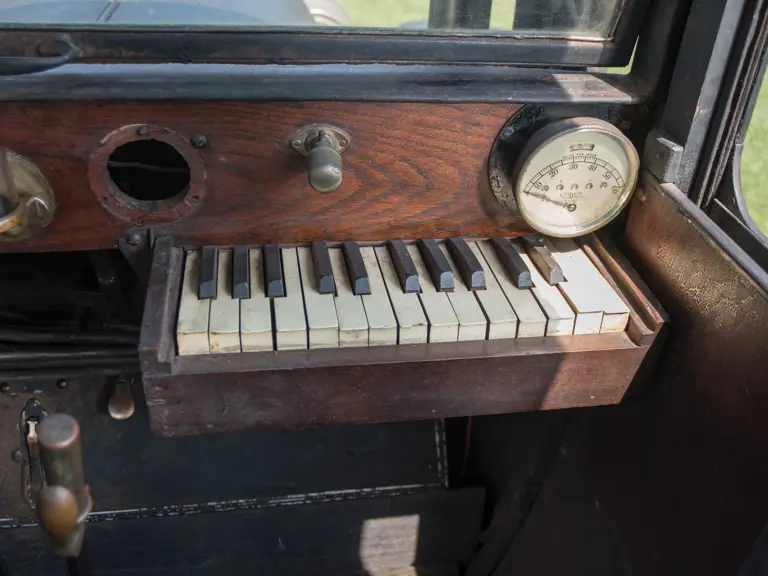
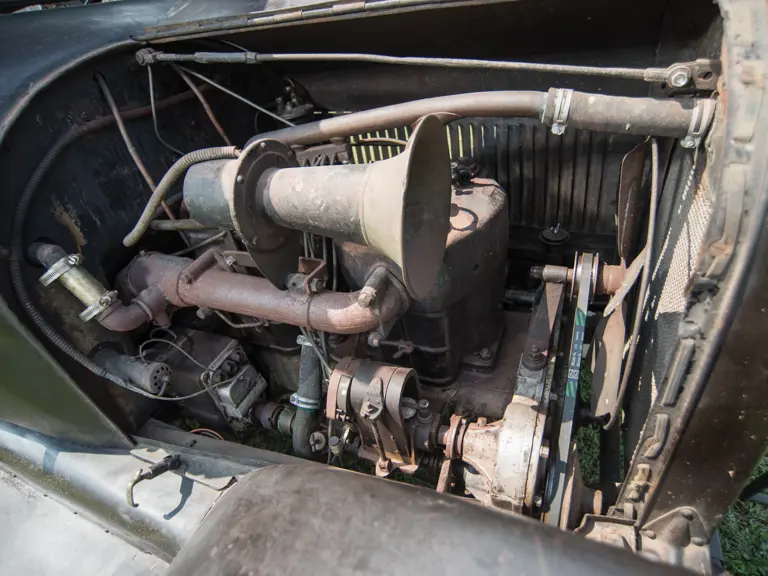
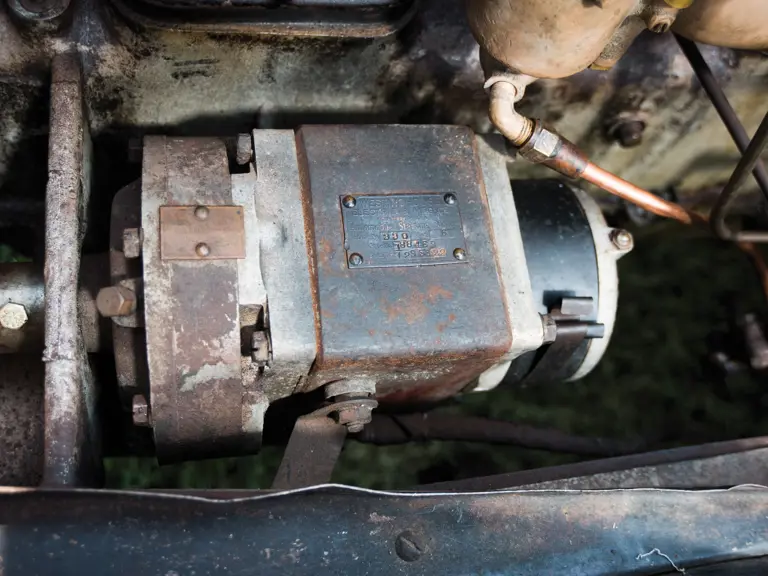
 | Hershey, Pennsylvania
| Hershey, Pennsylvania

